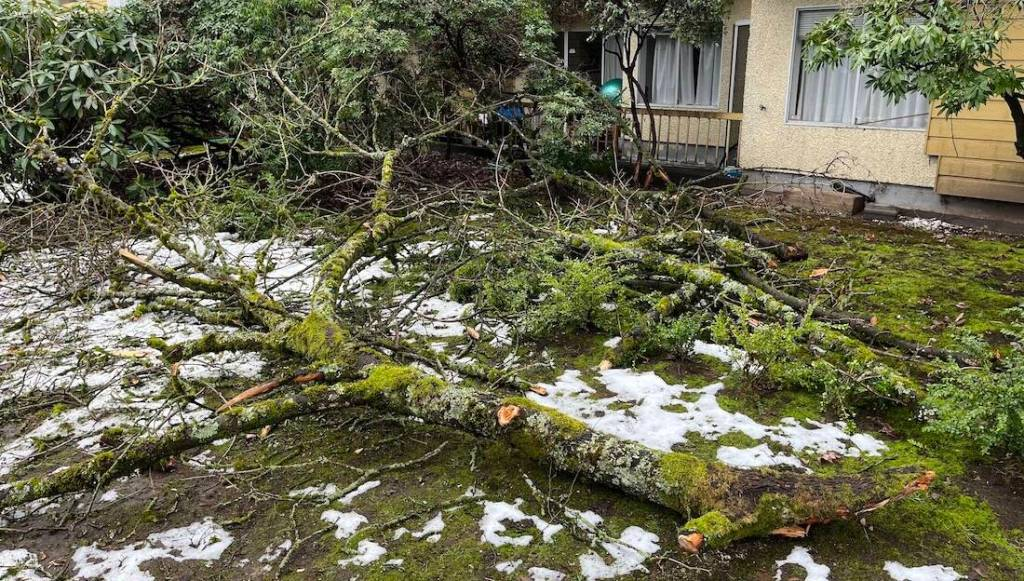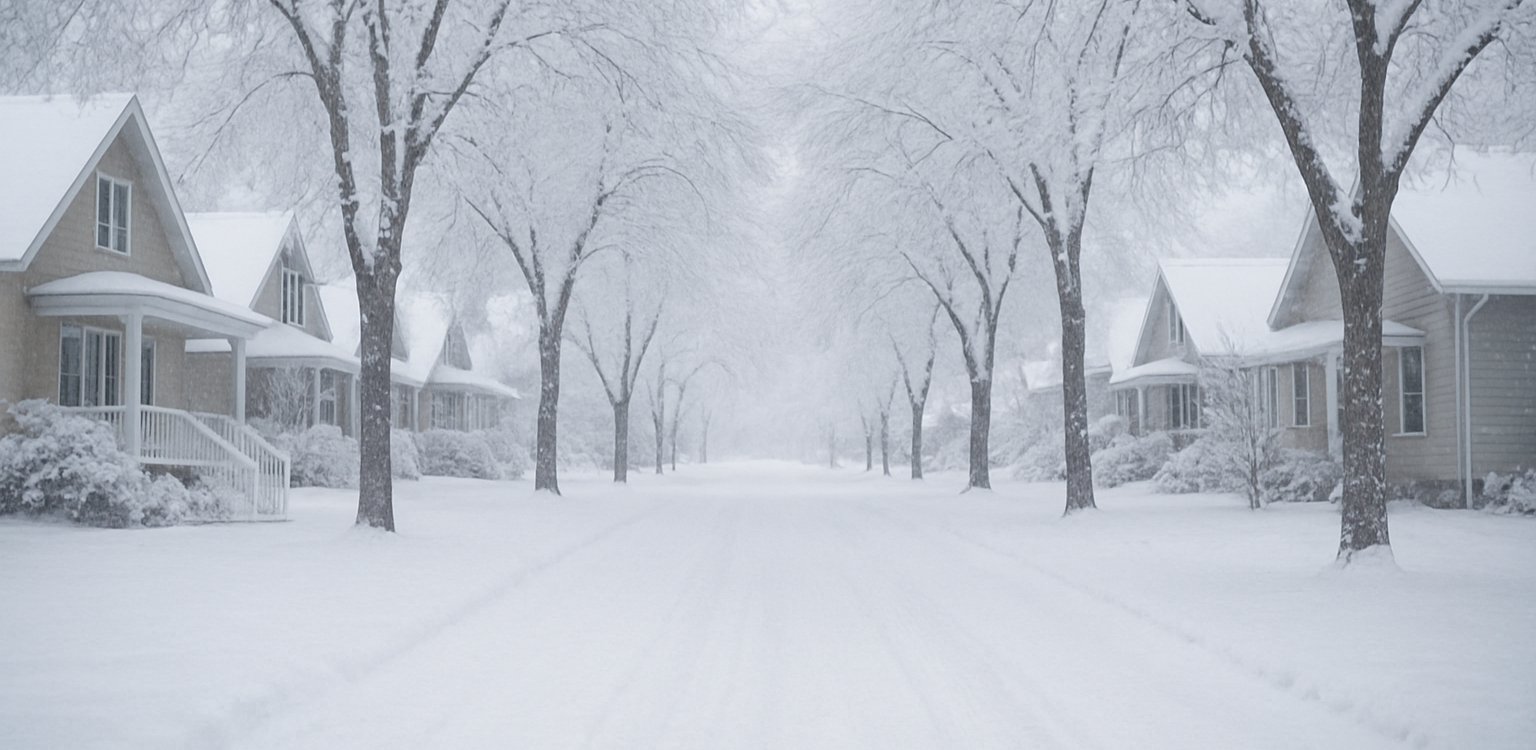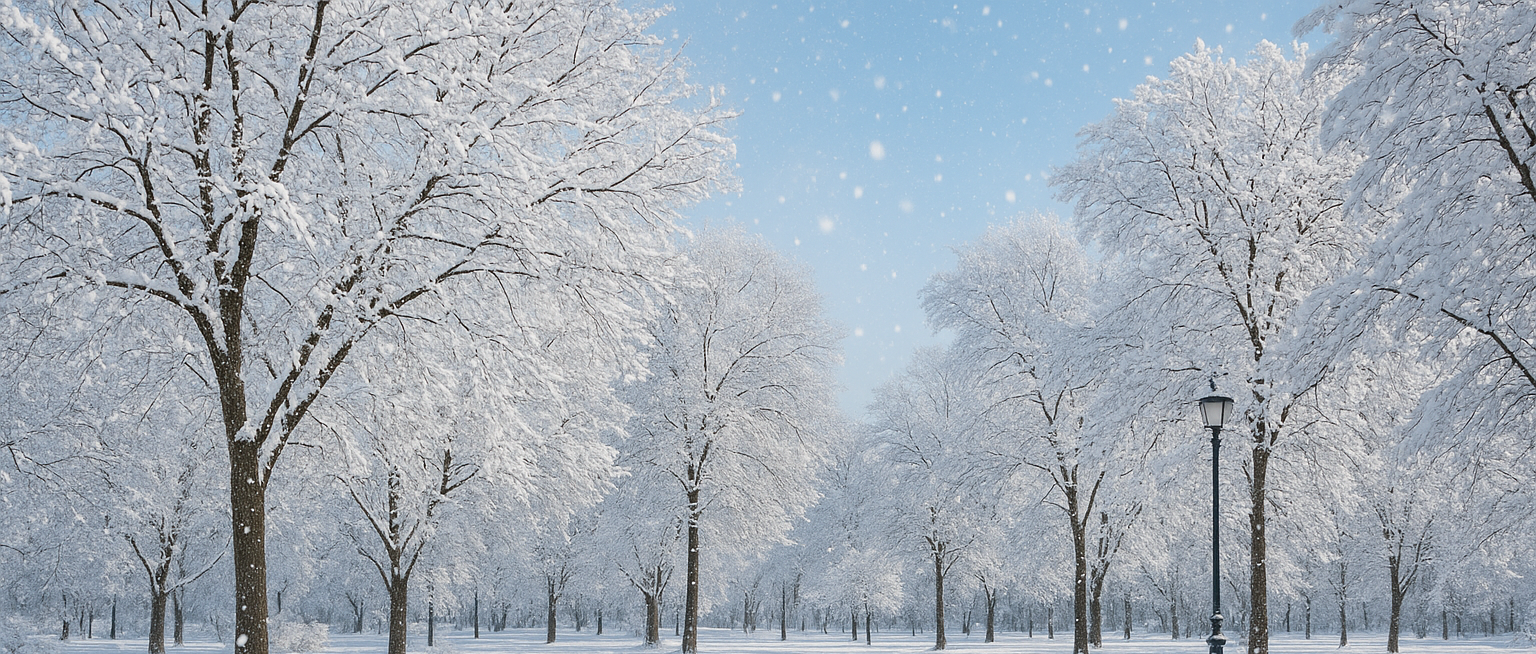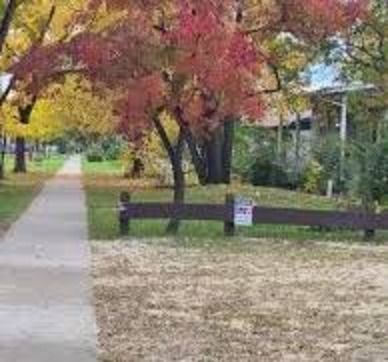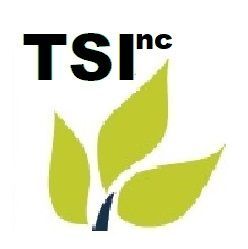The Importance of Clearing Tree Debris:
Trevor Soltys & Paul Kasper
🌳 Safety, Aesthetics, And The Risks Of Neglect.
~ Trees are a gift to our landscapes—offering shade, beauty, and ecological benefits. But with every season, they shed leaves, branches, and sometimes entire limbs. While this natural cycle is expected, the debris left behind can pose serious challenges if not properly managed. Clearing tree debris isn’t just about tidying up; it’s a crucial practice that touches on safety, aesthetics, and long-term property health.
⚠️ Safety First: Preventing Hazards Before They Strike
Tree debris, especially fallen branches and limbs, can be more than just an eyesore—they can be dangerous. Neglecting cleanup can lead to:
- Trip and Fall Accidents: Twigs, branches, and uneven piles of leaves can create tripping hazards on walkways, driveways, and lawns. This is especially risky for children, elderly individuals, and pets.
- Fire Risks: Dry leaves and branches are highly flammable. In regions prone to wildfires or during dry seasons, accumulated debris can act as fuel, increasing the risk of fire spreading rapidly.
- Blocked Drainage: Leaves and twigs can clog gutters, storm drains, and downspouts. This leads to water pooling, foundation damage, and even basement flooding during heavy rains.
- Vehicle Damage: Branches falling onto cars or blocking driveways can cause scratches, dents, or worse. In winter, hidden debris under snow can damage tires or suspension systems.
- Pest Infestation: Piles of organic debris attract rodents, insects, and other pests. These creatures often find shelter in the mess and may eventually migrate into homes or garages.
🌿 Aesthetic Appeal: Keeping Your Property Pristine
First impressions matter—and your yard is often the first thing people notice. Tree debris can quickly turn a well-manicured lawn into a neglected mess. Regular cleanup enhances:
- Curb Appeal: Whether you're selling your home or simply taking pride in its appearance, a clean yard signals care and attention. It reflects positively on the homeowner and the neighborhood.
- Landscape Health: Debris can smother grass and plants, blocking sunlight and air circulation. This leads to patchy lawns, mold growth, and unhealthy vegetation.
- Seasonal Enjoyment: A tidy outdoor space invites relaxation and recreation. Whether it’s summer barbecues or autumn bonfires, a debris-free yard is more inviting and functional.
- Neighborhood Standards: In many communities, homeowners’ associations or local ordinances require regular yard maintenance. Neglecting debris can lead to fines or complaints.
🚫 The Risks of Neglect: What Happens When You Ignore It
Letting tree debris accumulate may seem harmless at first, but the long-term consequences can be costly and disruptive.
- Structural Damage: Over time, clogged gutters and drains can lead to water damage in roofs, walls, and foundations. Repairing these issues often costs far more than routine cleanup.
- Tree Health Decline: Debris buildup around tree bases can foster fungal growth and disease. It also attracts insects that may harm the tree itself, leading to decay or death.
- Legal Liability: If someone is injured due to debris on your property, you could be held legally responsible. This includes slips, falls, or vehicle damage caused by fallen limbs.
- Environmental Impact: Unmanaged debris can wash into waterways, contributing to pollution and harming aquatic ecosystems. Responsible disposal helps protect local environments.
- Emergency Costs: Storms can turn neglected branches into projectiles. Emergency tree removal or damage repair during a crisis is far more expensive than preventive care.
🛠️ Best Practices for Managing Tree Debris
To stay ahead of the mess, consider these proactive steps:
- Regular Raking and Sweeping: Especially during fall and after storms, make it a habit to clear leaves and branches promptly.
- Gutter Maintenance: Clean gutters seasonally to prevent blockages and water damage.
- Tree Pruning: Hire professionals to trim dead or overhanging branches. This reduces the amount of debris and prevents dangerous falls.
- Composting: Turn leaves and small twigs into nutrient-rich compost for your garden. It’s eco-friendly and reduces waste.
- Mulching: Shred branches into mulch to use around flower beds and trees. It improves soil health and keeps your yard looking polished.
- Professional Cleanup Services: For large properties or after major storms, consider hiring experts to handle debris removal efficiently and safely.
🌟 Conclusion: A Small Effort with Big Rewards
Clearing tree debris might seem like a mundane chore, but its impact is far-reaching. From preventing accidents and preserving property value to enhancing the beauty of your surroundings, it’s a task that pays dividends. Neglect, on the other hand, invites risk, expense, and frustration.
So next time the wind scatters leaves across your lawn or a storm drops branches in your driveway, remember: a little cleanup goes a long way. Your trees may be messy, but your yard doesn’t have to be.
